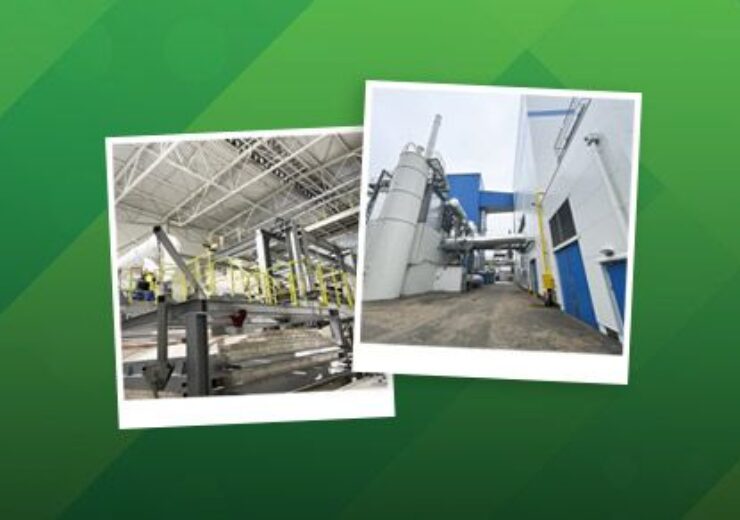The new furnace is capable of achieving and maintaining low emission levels while gas, electricity and water consumption will be minimised via multiple sustainable methods

Ardagh installs sustainable technology at its Poland site. (Credit: Ardagh Group S.A.)
Glass and metal products producer Ardagh Glass Packaging – Europe (AGP – Europe) has leveraged sustainable technology to design its latest glass furnace in Wyszków, Poland.
The move is intended to reduce emissions and improve energy and resource efficiency.
Ardagh has installed Ceramic Candle Filter technology and a Continuous Emission Monitoring System to achieve and maintain low emission levels.
According to the firm, the usage of gas, electricity and water will be minimised via a combination of heat recovery, turbo compressors, water recovery and a closed-loop cooling system.
The glass manufacturer said that minimising emissions and enhancing the effect on the environment is a key goal for the glass industry.
The most efficient way to regulate particles and acid gases is with ceramic candle filter technology, which is also very successful at cutting sulphur oxides while making glass, AGP – Europe added.
According to the firm, the continuous emission monitoring system delivers ongoing information and allows taking rapid corrective and preventive measures if necessary.
Due to the new furnace’s conversion to a regenerative furnace, gas consumption and CO2 emissions will be reduced yearly.
Additionally, screw compressors will be replaced by turbo compressors which are anticipated to result in a 25% reduction in the amount of electricity needed.
AGP – Europe Poland facility plant director Jerzy Żołyniak said: “We are incredibly proud of the work that has been put into implementing this new sustainable technology which will improve the environmental impact of our operation and will help AGP – Europe to achieve its sustainability targets.”
The glass maker said that the new closed-loop cooling system for the compressors and for boosting electrodes in the furnace will help reduce water usage.
Together, these things are predicted to use up to 10% less water than conventional cooling methods.
A new demineralisation system’s recovered water will also be used in the restrooms, saving an additional 2-3% of water on-site, AGP claimed.
